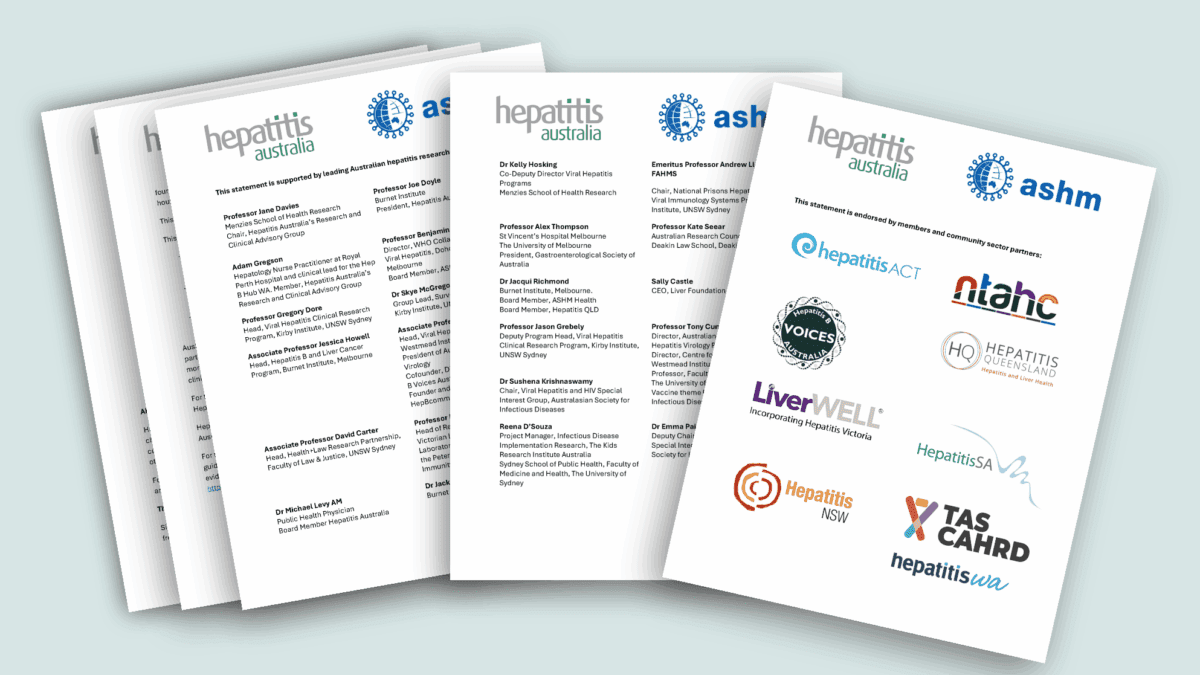Injections as a form of drug delivery for people with chronic diseases, may one day be a thing of the past. Two Australian university researchers are a step closer to replacing the needle with a new drug delivery method for treating chronic diseases.
According to Charles Darwin University (CDU), two Australian scientists – phamaceutical scientist Dr Nazim Nassar from CDU, and biophysicist Professor Stefan Kasapis from the Royal Melbourne Institute of Technology – have filed an application in the US patent office for a new technology of a “gel-like casing” in an oral tablet form to deliver naturally occurring therapeutic proteins and vaccines.
Dr Nassar focuses on using naturally occurring chemical compounds, such as that in proteins and plants, as an alternative treatment to synthetic compounds that are man-made. He said the hydrogel ball could eliminate injections to deliver anticancer, antimicrobial, and immune system modifying remedies and reduce the need to keep the treatment cool in a fridge over time.
…reducing the strain on the healthcare system and its staff … cuts sector and government funding costs, which could result in hundreds of thousands of dollars redistributed to other medical areas…
“For example, patients who are being treated for blindness caused by proliferative diabetic retinopathy, currently, they have to have an injection into their eye, which certainly isn’t the most tolerable experience,” he said.
“There are also many challenges with managing and administering treatments in the pharmacy, including a high equipment cost, the requirement for healthcare staff to supervise, and patients disliking or fearing needles, even though this is the most effective way of delivering the treatment.
“Not to mention that refrigeration is necessary during storage and transport, which certainly increases medication cost enormously and limits the amount of room for storage.
“Pharmacies could be like the cold storage area in supermarkets in ten years with the number of treatments that need to be kept cold.”
As a practicing pharmacist, Dr Nassar said reducing the strain on the healthcare system and its staff also cuts sector and government funding costs, which could result in hundreds of thousands of dollars redistributed to other medical areas for both patients and professionals.
“The demand for biological medicines, known for their treatments with fewer side effects and less resistance against them by cancerous cells, for example, is growing with the increasing global prevalence of chronic conditions, such as cancer, diabetes, and cardiovascular diseases,” he said.


“Our ageing population is also growing, and so is the prevalence of associated health issues, so the healthcare system needs more ways to ensure treatment is efficient and effective as much as possible.”
The study showed that using the hydrogel as a carrier controls the drug’s release at the most effective site for absorption in the intestine.
“When the gel expands in the small intestine, it allows water inside, which then transports the biological medicine out of the gel into the small intestine and then transports to the bloodstream,” he said.
“The hydrogel can withstand temperatures up to 40 degrees Celsius and an acidity of pH 2.4, which means it protects the biological medicine, such as insulin, from stomach acidity.”
“So, this method of drug delivery is more specific and more effective. It can handle high temperatures and acidities, cause fewer side effects, and doesn’t break down as quickly. This hydrogel could encase all sorts of vaccines and other drug delivery methods that can be taken orally.”
In its media release, CDU said the next stage of the study will be animal trials to determine how the vaccine diffuses in the intestine and activates the immune system.
Dr Nassar and Professor Kasapis published a paper on hydrogels in the International Journal of Pharmaceutics last year.
Last updated 4 September 2024
More from:
Enjoyed this article? Subscribe to be notified whenever we publish new stories.
Subscribe for Updates





